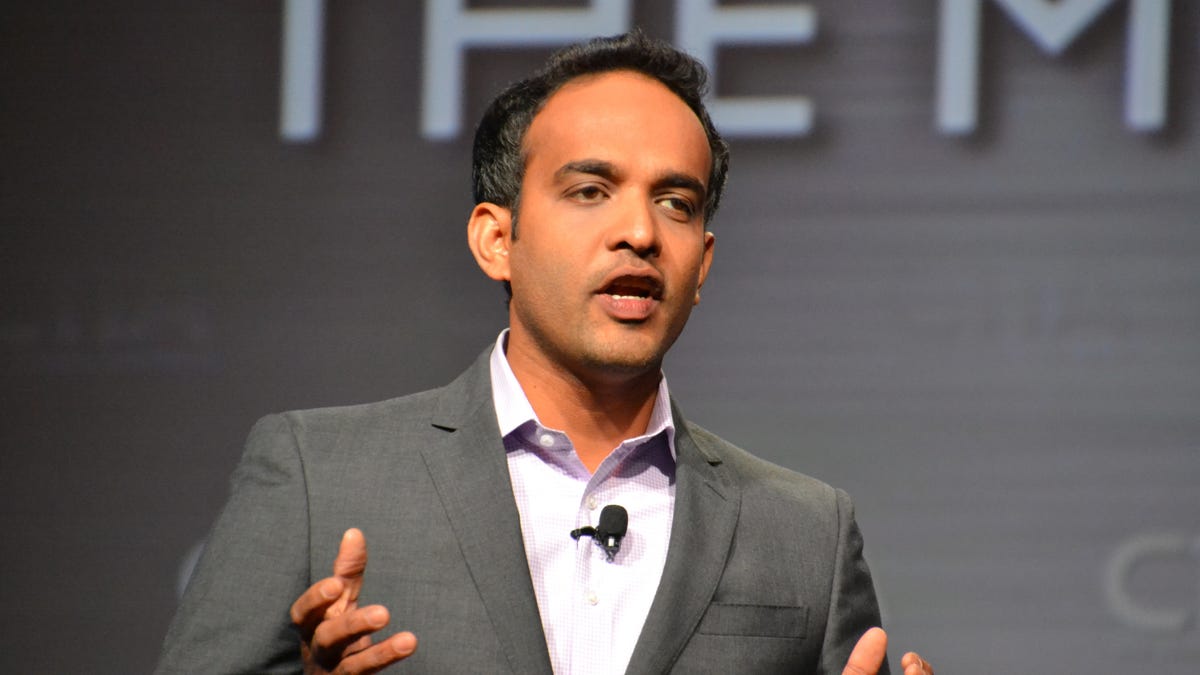Walmart exec: Mobile can revive personal touch for shoppers
Walmart mobile business exec talks up a location-based Store Mode on its mobile app, as well as an easy checkout feature.

LAS VEGAS -- Walmart believes smartphones can deliver the same kind of personalized service that founder Sam Walton embraced with his first store.
Where e-commerce brought the store to the Web, smartphones are bringing the Web to physical stores, with each consumer able to access data from their phones, according to Gibu Thomas, head of mobile for Walmart.
"The future of retail is the history of retailing," he said during a keynote address at the CTIA Wireless trade show on Wednesday. "It's about a personalized experience for each shopper delivered through the smartphone."
Critics fear that Walmart, like many other retailers, will see their sales erode as more people shop online and from their phones. But Thomas believes that mobile-influenced sales in stores will soar to nearly $700 billion, double the market opportunity for e-commerce.
Walmart customers who use the company's mobile apps tend to be more loyal and active in stores, Thomas said. He added that more than half the base of Walmart customers own smartphones. Among those younger than 35, the smartphone penetration is closer to 75 percent.
"Adoption is not a problem," he said, noting that those customers make four more trips and spend 77 percent more in stores each month.
Mobile access drives a third of the traffic on Walmart.com, Thomas said. It jumped as high as 40 percent during the holidays.
Thomas touted some of the various features found in its Walmart app. The app features a smart shopping list, which offers a mechanism for keeping a shopping tally and running total, intelligent voice recognition, information on local pricing, and where you can find items in the store.
Eventually, the smart shopping list will be able to recommend items that meet special dietary needs, honor digitally redeemed coupons, and predict items that you regularly buy.
"The best shopping list is one you don't have to create," he said.
The app also features a Store Mode that kicks in when the phone detects that it is in one of the company's 4,000 stores in the U.S. The app's Store Mode transforms into a different interface that focuses on products in that specific location, as well as quick access to the shopping list, price checker, and the digital version of the store's local ads.
The company also has tested a feature on the app that allows customers to scan each item as they shop and then check out and pay with a single scan at the register, which reduces in-store wait times. Thomas said the research on this front is in early stages and the company is experimenting with different techniques.
While Thomas spent a bulk of his time talking about the three features of his mobile app, he said he doesn't want to focus on technology. He said he eventually wants it to be a seamless experience.
"Our goal is to create shopping tools that become second nature to customers," he said.

